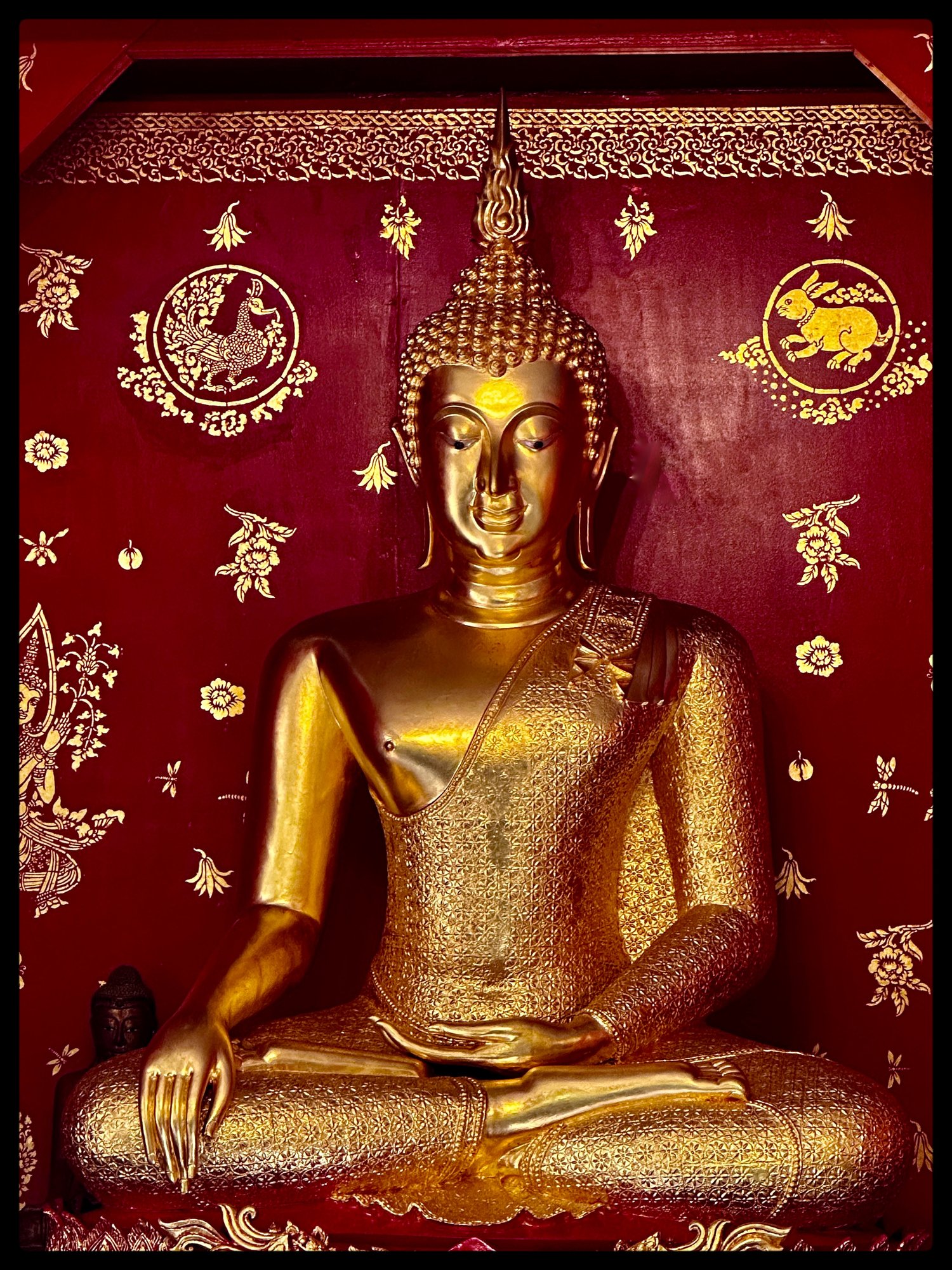Frequently Asked Questions
What did the Buddha teach?
The Buddha’s teachings can be briefly summarized in this way: Comprehend suffering, abandon the cause of suffering, realize freedom from suffering, and develop the way of practice which leads to freedom from suffering.
Please visit our ‘Teachings’ page to read some of the Buddha’s most important teachings.
Which Buddhist tradition is practiced at ABMT?
The monks of ABMT have been ordained in the Maha Nikaya sect of Thai Theravadin Buddhism.
Is Thai the only language spoken at ABMT?
Although Thai is the primary language spoken at ABMT, instruction is also available in English.
May I visit the temple?
Yes, absolutely. The temple is open to visitors during daylight hours.
Can I come to ABMT to learn meditation?
Yes, though we encourage you to call or email ahead of time to ensure that someone will be available to meet with you when you come.
Can I come for a meditation retreat?
Yes, ABMT routinely hosts formal meditation retreats. They are generally single-day retreats on a Saturday or Sunday, about 2-3 times a month.
Please visit our ‘Events’ page and/or consider joining our Meetup group (Santa Barbara Buddhist Meditation) for the latest retreat info.
Is there a fee to attend events at ABMT?
No, the Theravada tradition espouses the belief that the teachings of the Buddha should be offered free of charge. As such, you will never be asked to pay for any of the services provided by ABMT. Donations are accepted with appreciation.
Is it possible to offer food or other supplies to the monks?
Yes, the monastic code requires the monks to be dependent upon the generosity of the lay community for every material need. If you wish to offer food, please call or email ahead of time to ensure that a monk will be present to receive it when you come.
Can you tell me about the robes the monks wear?
Monks wear three robes—a small under robe, which covers their abdomens down; an outer robe, which covers their whole body; and a third robe which is used when the weather is cold. Traditionally, robes were dyed from the roots, trunks, leaves or fruit of native trees. The Buddha said that robes should be of one color, though different shades are natural, depending on the dye being used.
